The Most Groundbreaking Scientist You’ve Never Heard of – TED-Ed | Addison Anderson (2013)
Seventeenth-century Danish geologist Nicolas Steno [11 January 1638 – 5 December 1686] studied anatomical details of many species including cadavers at a young age. Steno’s contributions to geology influenced Charles Lyell, James Hutton and Charles Darwin. Here in this TED-Ed short animation Addison Anderson tells Steno’s little-known legacy. Steno was a groundbreaking scientist demonstrating the power of empiricism a scientific tradition that was started by Aristotle. Steno, in his Dissertationis prodromus of 1669 is credited with four of the defining […]


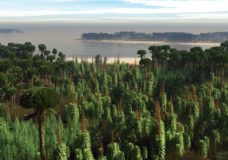
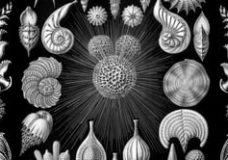
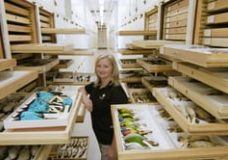
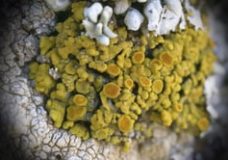
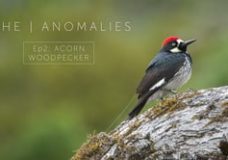
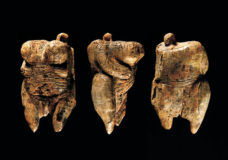
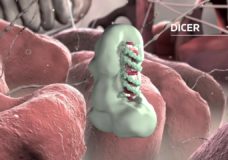


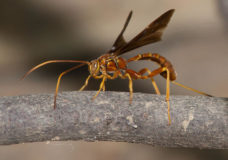
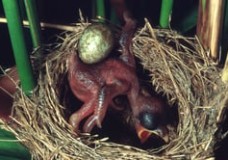

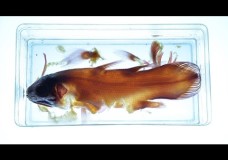
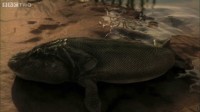

Recent Comments